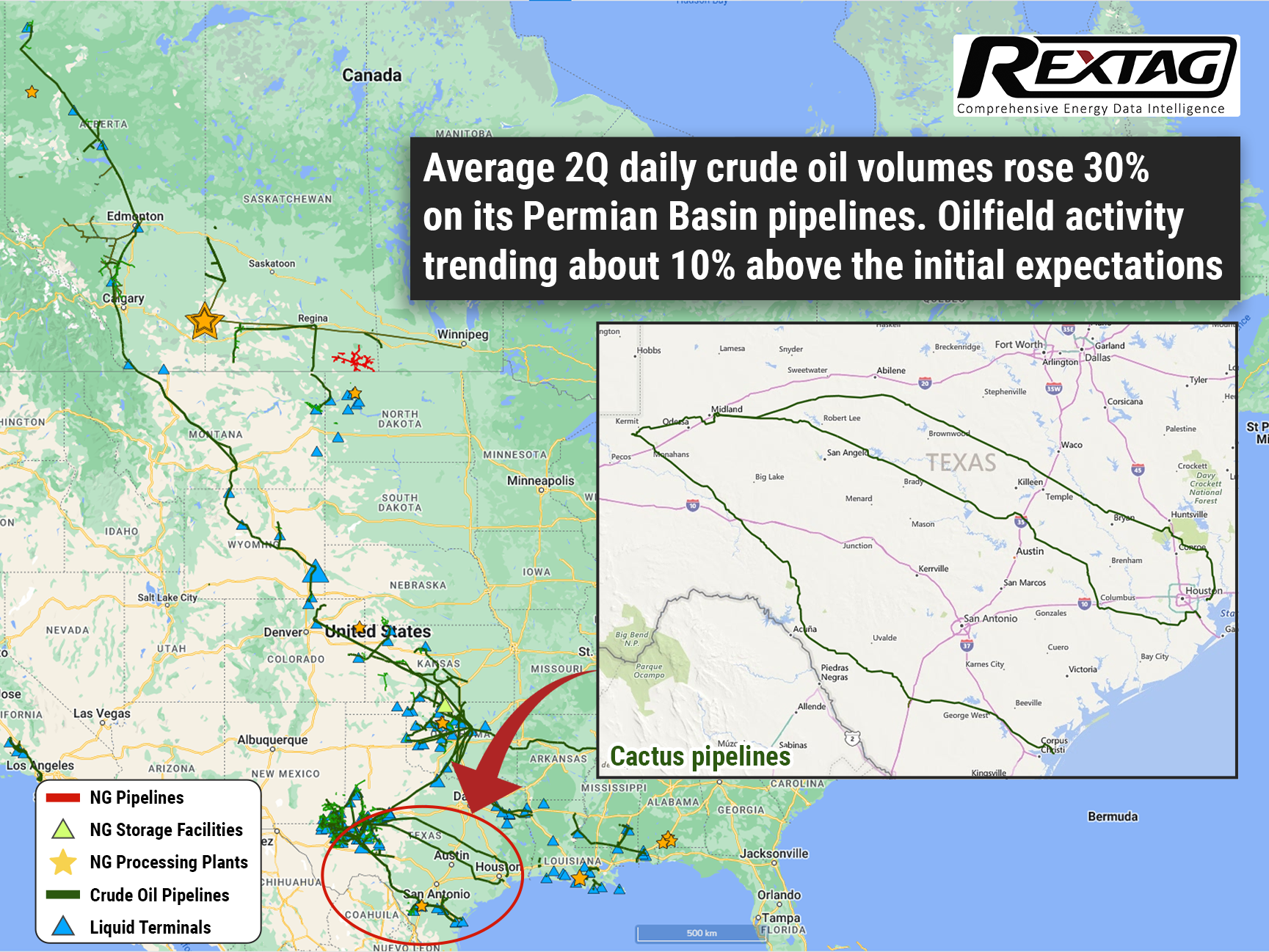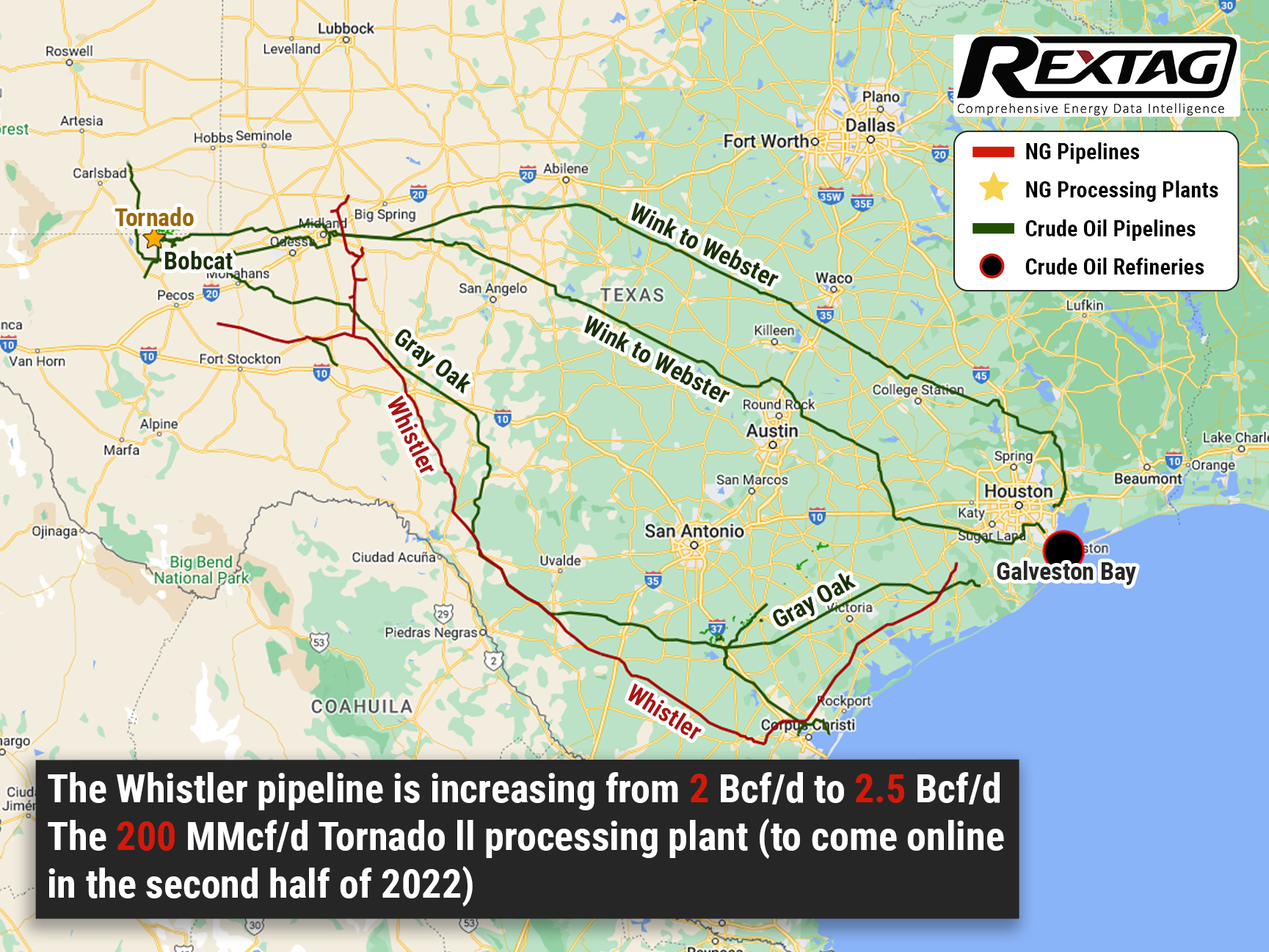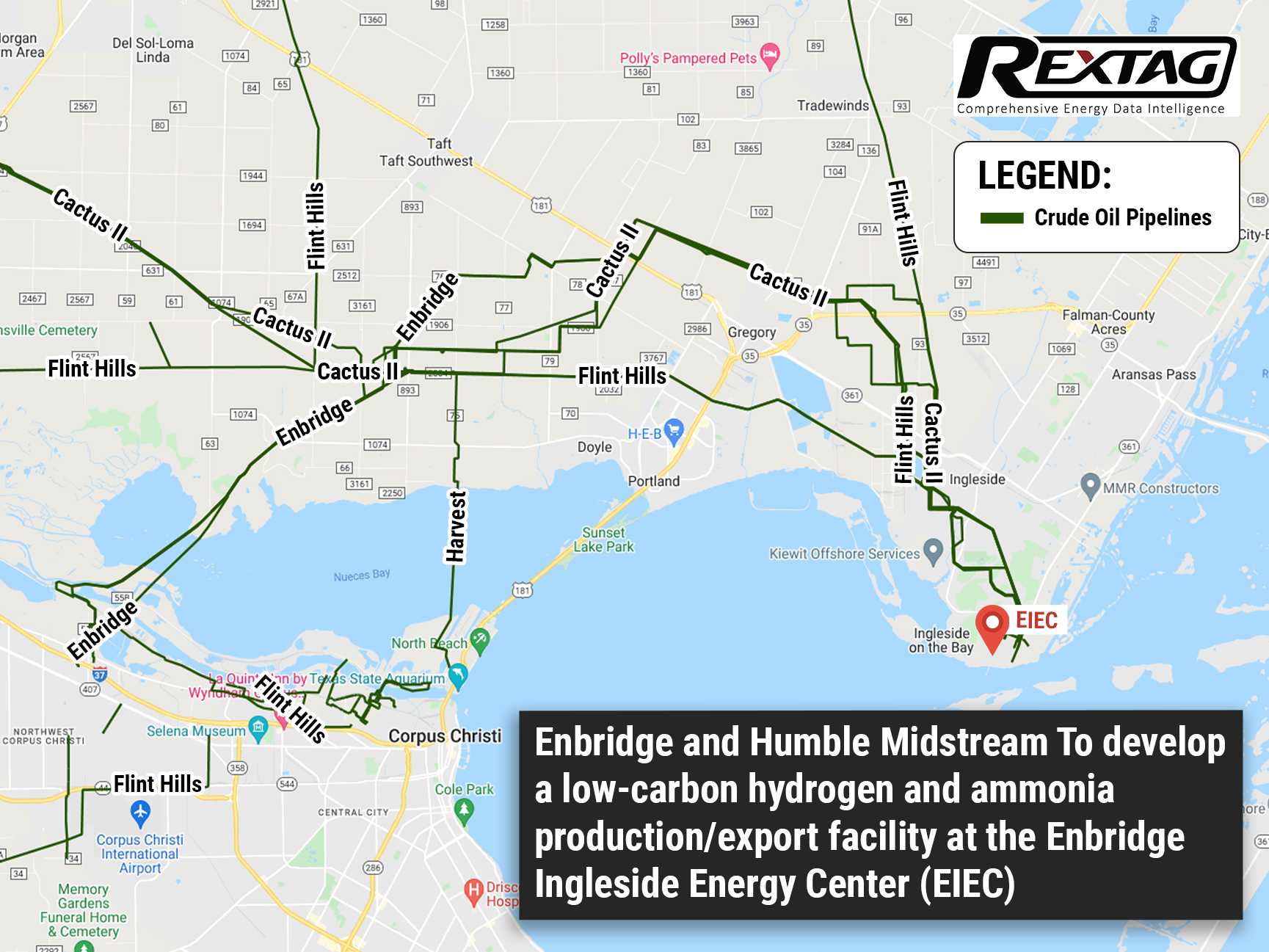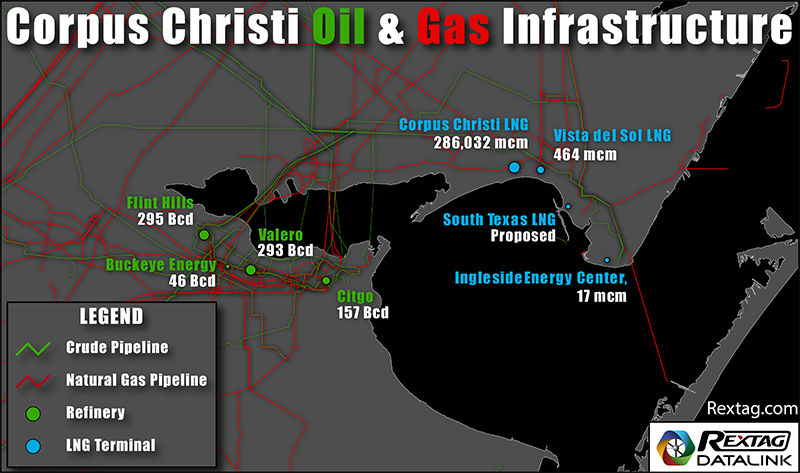Blog
Since days when shale oil and gas technologies were discovered, the U.S. energy industry has been evolving more rapidly than ever before. Many changes are amazing especially when you put them on an industry map. At Rextag not only do we keep you aware of major projects such as pipelines or LNG terminals placed in service. Even less significant news are still important to us, be it new wells drilled or processing plants put to regular maintenance.
Daily improvements often come unnoticed but you can still follow these together with us. Our main input is to “clip it” to the related map: map of crude oil refineries or that of natural gas compressor stations. Where do you get and follow your important industry news? Maybe you are subscribed to your favorite social media feeds or industry journals. Whatever your choice is, you are looking for the story. What happened? Who made it happen? WHY does this matter? (Remember, it is all about ‘What’s in It For Me’ (WIIFM) principle).
How Rextag blog helps? Here we are concerned with looking at things both CLOSELY and FROM A DISTANCE.
"Looking closely" means reflecting where exactly the object is located.
"From a distance" means helping you see a broader picture.
New power plant added in North-East? See exactly what kind of transmission lines approach it and where do they go. Are there other power plants around? GIS data do not come as a mere dot on a map. We collect so many additional data attributes: operator and owner records, physical parameters and production data. Sometimes you will be lucky to grab some specific area maps we share on our blog. Often, there is data behind it as well. Who are top midstream operators in Permian this year? What mileage falls to the share or Kinder Morgan in the San-Juan basin? Do you know? Do you want to know?
All right, then let us see WHERE things happen. Read this blog, capture the energy infrastructure mapped and stay aware with Rextag data!
Plains All American Expects 10% Increase in the Permian Oilfield Activity
On 3 August the pipeline operator Plains All American LP raised its 2022 profit forecast for the second time this year, as it expects a huge demand on its pipelines transporting U.S. shale oil to the Gulf Coast. The company increased full-year adjusted earnings guidance by $100 million to approximately $2.38 billion, since it anticipates higher crude and natural gas liquids volumes. European buyers have snapped up the U.S. light sweet crude, the largest part of which is delivered in the Permian Basin of West Texas and New Mexico, as they depend on replacing Russian barrels. Average daily crude oil volumes in the second quarter grew 30% on its Permian Basin pipelines with oilfield activity trending about 10% exceeding its initial expectations. Its shares increased 3.6% in after-hours trading on August 3 to $11.19.
Significant Growth of MPLX; Pipeline Throughput Raised by 6%
According to a midstream oil and natural gas company release on August 2, MPLXLP has increased total pipeline throughputs by 6% in the second quarter of 2022 and terminal throughput by 4%, versus year-ago levels. In an earnings statement of MPLX, the total pipeline throughputs were 5.9 million bbl/d, with terminal throughput of 3.1 million bbl/d for the second quarter. The company reported a net income of $875 million and adjusted earnings of $1.457 million in the second quarter, both higher than in the same period of 2021. Gathered volumes grew up by 11% from year-ago levels to an average of 5.6 Bcf/d. In the Marcellusregion, gathered volumes fell 1% compared to year-ago levels to an average of 1.3 Bcf/d. MPLX is expanding several projects, including in the Permian Basin where the Whistler pipeline is increasing from 2 Bcf/d to 2.5 Bcf/d, in addition to lateral pipelines into the Midland Basin and Corpus Christi domestic and export markets. Moreover, the construction is also maintained on the 200 MMcf/d Tornado ll processing plant, which MPLX anticipates coming online in the second half of 2022. Additionally, 68,000 bbl/d Smithburg de-ethanizer project in the Marcellus is expected to come online in the third quarter.
Cheniere’s LNG Is on the Next Level Due to Corpus Christi Expansion FID
According to CheniereEnergy’s board of directors announcement on June 22, the company declared the further expansion of its CorpusChristi, Texas. Moreover, the LNG plant could come sooner than expected due to the announcement of a final investments decision (FID) related to Stage 3 Liquefaction Project work at the export facility. It will ensure the capacity to ship 10-plus million tonnes per annum (mtpa) from 7 midscale trains. Furthermore, TudorPickering, Holt & Co. (#TPH) declared on June 23, that the possible ultimate capacity of the facility could be in the 11-12 mtpa range given 10.7 mtpa of long-term contracts have been signed with companies such as CPC, PGNiG, Sinochem, Foran, ENGIE, Apache, EOG and ARX CN. Additionally, Cheniere announced two sale and purchase agreements (SPAs) with #ChevronCorp.: Firstly, Chevron will obtain 1 mtpa of LNG from Sabine Pass Liquefaction LLC with deliveries considered to start in 2026. Deliveries will reach full capacity in 2027 and expire in mid-2042. Secondly, Chevron will obtain 1 mtpa of LNG from Cheniere Marketing LLC with deliveries considered to start in 2027 and continue for about 15 years. The purchase price for the LNG under both SPAs will be indexed to the Henry Hub price, plus a fixed liquefaction fee as Cheniere claimed. Since the expansion will have been completed, Cheniere’s aggregate nominal production capacity will be increased to more than 55 mtpa by the end of 2025 compared to 45 mtpa now. It will become a part of the industry-wide decarbonization movement away from coal and oil as this allows Cheniere to provide the global market with additional low-carbon fuels. First exports from the facility are anticipated in 2025.
Crude Pipelines Infrastructure Developing at Enbridge Ingleside Energy Center
The joint project to improve and market a low-carbon hydrogen and ammonia production and export facility was presented on May, 6 by Enbridge Inc. and Humble Midstream LLC. Deployment of the facility is taken under the Enbridge Ingleside Energy Center (EIEC) basis close by Corpus Christi. Being the premier export facility on the U.S. Gulf Coast, the EIEC plays a vital role in world energy security and sustainability. Companies plan to develop a utility-scale efficiently low carbon production facility, able to combine both low-carbon hydrogen and ammonia to meet the growing global and domestic demand. It is expected to sequester up to 95% of CO2 generated in the production process in carbon capture facilities, especially ones owned and operated by Enbridge which makes this process a fully integrated low-carbon solution.


.png)

